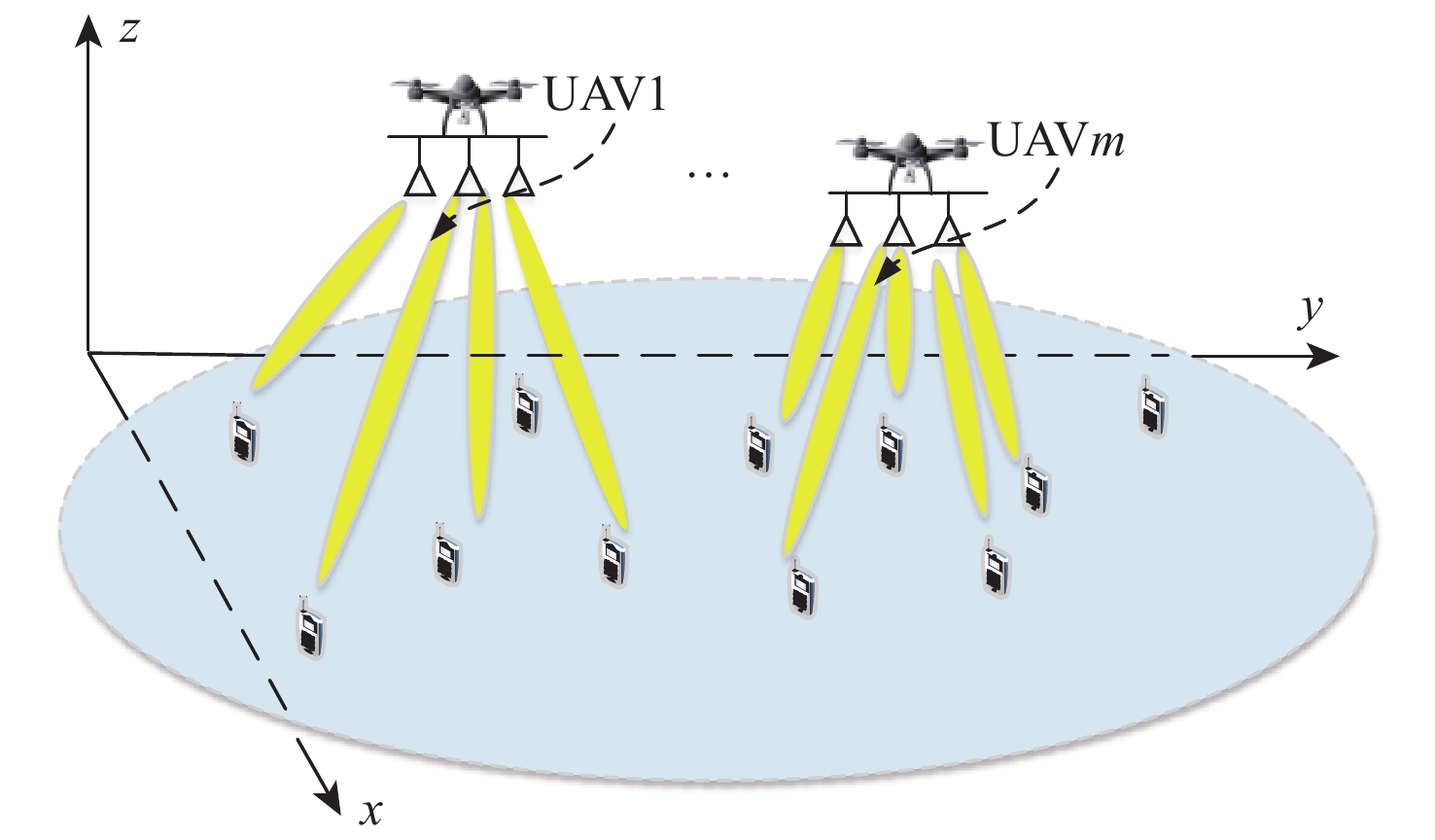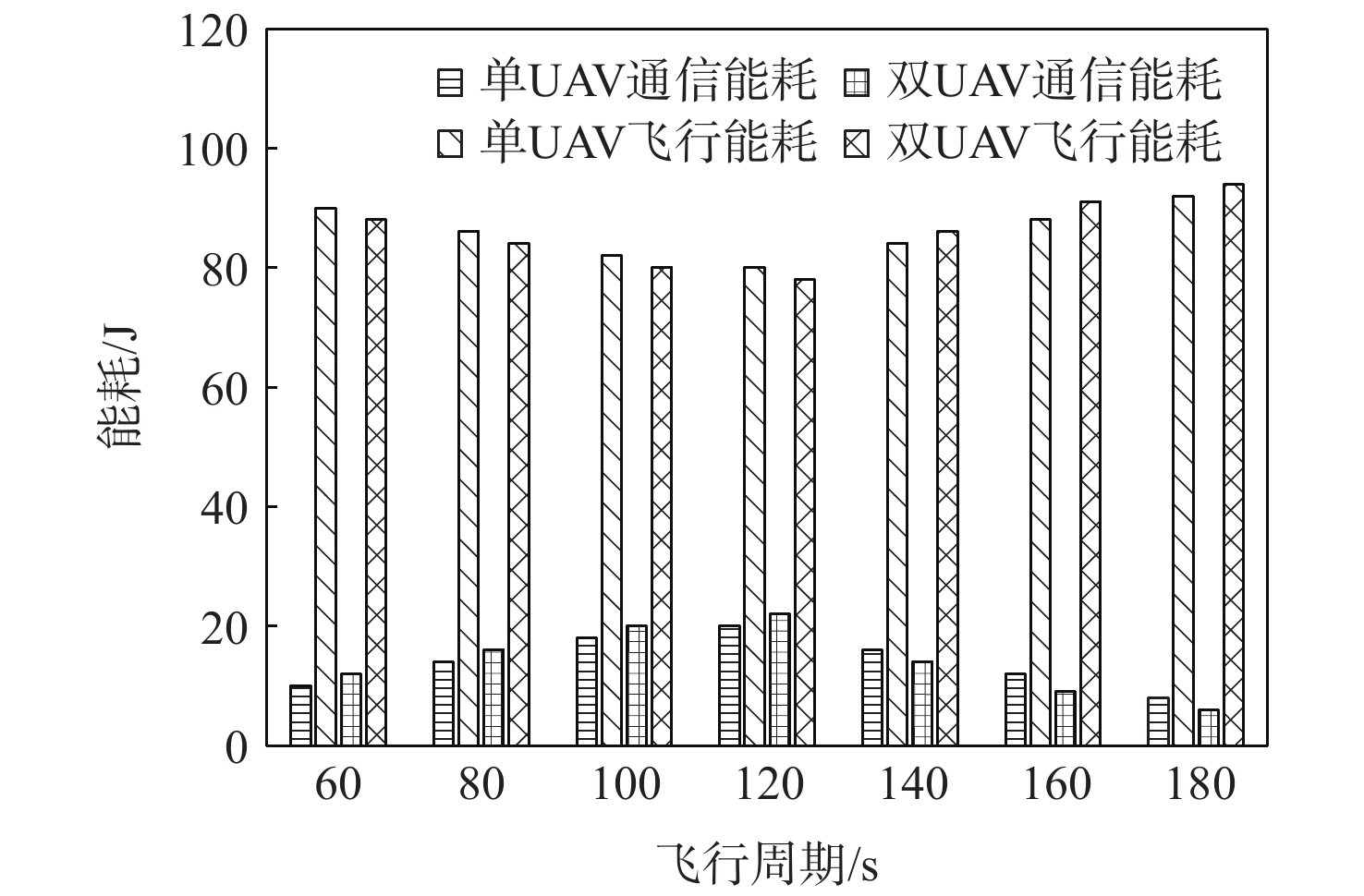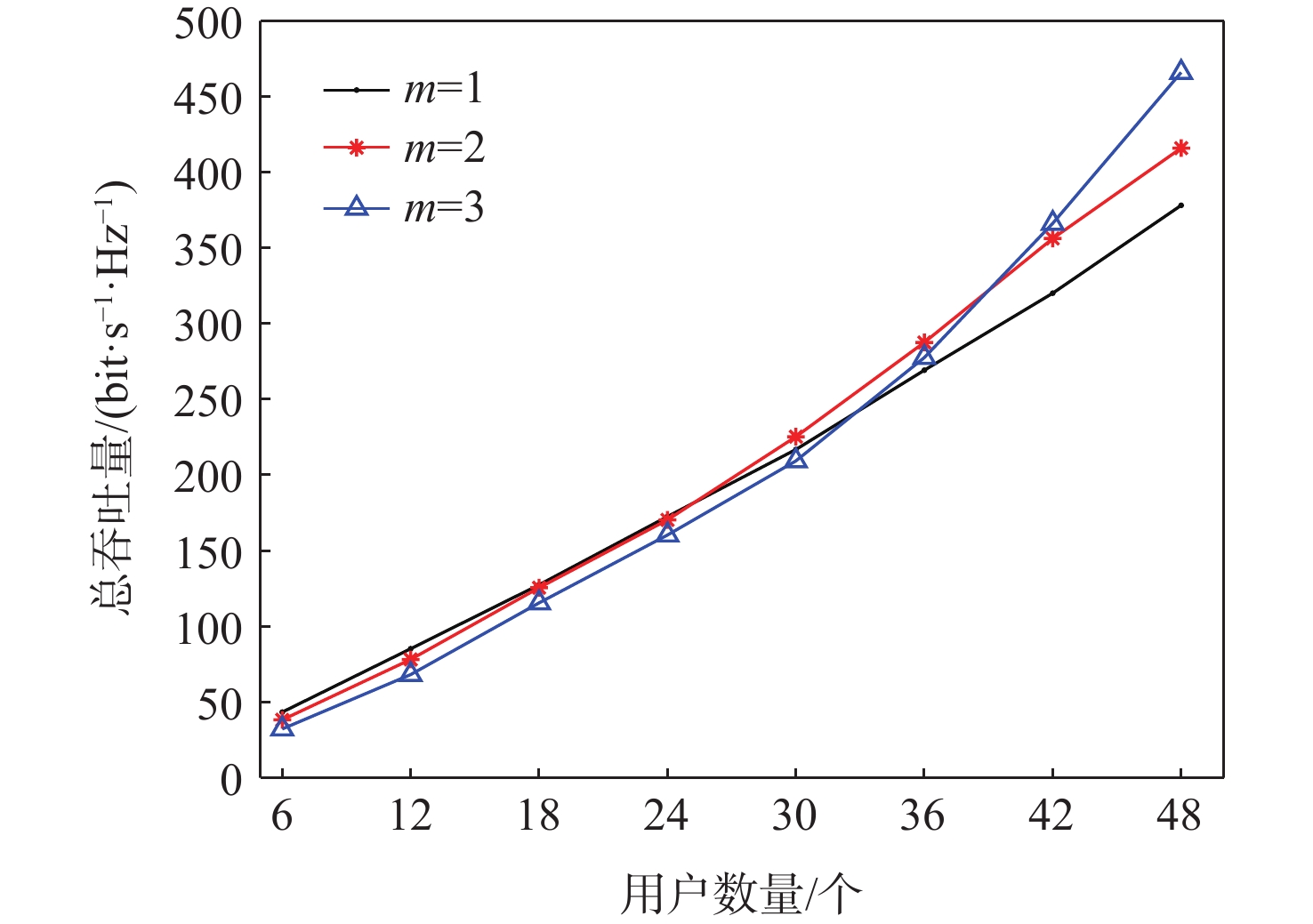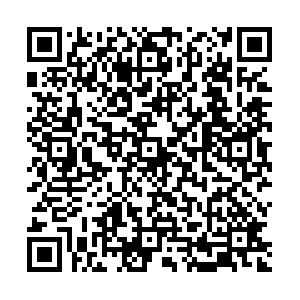Resource optimization of multi UAV assisted communication system based on user scheduling
-
摘要:
为提高多用户移动通信下行无线传输系统的传输速率,提出一种基于用户调度和轨迹优化的多无人机(UAV)辅助通信系统资源优化算法。所提算法在满足用户调度、无人机总能耗和用户服务质量要求等约束条件下,以多用户总吞吐量最大化为准则建立优化问题。为解决该非凸问题,通过块坐标下降(BCD)法将原非凸问题分解成3个易于处理的非凸子问题,并通过引入松弛变量、一阶泰勒表达式、连续凸近似(SCA)等方法对子问题转换求解后交替迭代优化,得出原非凸问题的近似次优解。仿真结果表明:所提算法能有效地提高系统总吞吐量,并且在单、多无人机通信系统下均具有良好的收敛性。
Abstract:In order to improve the transmission rate of multi-user mobile communication downlink wireless transmission systems, a resource optimization method for multi-unmanned aerial vehicle (UAV) auxiliary communication systems based on user scheduling and trajectory optimization is proposed. The proposed method formulates an optimization problem based on maximizing the total throughput of multiple users while satisfying constraints such as user scheduling, total energy consumption of drones, and user service quality requirements. In order to solve the nonconvex problem, the original nonconvex problem is decomposed into three easy to deal with nonconvex subproblems by the block coordinate descent (BCD), and the approximate suboptimal solution of the original nonconvex problem is obtained by introducing relaxation variables, first-order Taylor expression, successive convex approximation (SCA) and other methods to transform the subproblems and solve them alternately. Simulation results show that the proposed method can effectively improve overall system throughput and has good convergence in single and multiple UAV communication systems.
-
Key words:
- UAV communication /
- resource allocation /
- user scheduling /
- beamforming /
- flight speed
-
表 1 仿真参数
Table 1. Simulation parameters
c1 c2 转子的叶尖速度Utip/(m·s−1) 机身阻力比d0 平均转子速度vm/(m·s−1) 空气密度ρ/(kg·m−3) 转子密度/103(kg·m−3) 转子盘面积A/m2 60 81.5 120 0.6 4.03 1.225 1.5 0.603 -
[1] 张海君, 陈安琪, 李亚博, 等. 6G移动网络关键技术[J]. 通信学报, 2022, 43(7): 189-202.ZHANG H J, CHEN A Q , LI Y B, et al. Key technologies of 6G mobile network[J]. Journal on Communications, 2020, 43(7): 189-202(in Chinese). [2] WANG M Y, LIN Y, TIAN Q, et al. Transfer learning promotes 6G wireless communications: recent advances and future challenges[J]. IEEE Transactions on Reliability, 2021, 70(2): 790-807. doi: 10.1109/TR.2021.3062045 [3] WANG B W, SUN Y J, SUN Z, et al. UAV-assisted emergency communications in social IoT: a dynamic hypergraph coloring approach[J]. IEEE Internet of Things Journal, 2020, 7(8): 7663-7677. doi: 10.1109/JIOT.2020.2988445 [4] ZENG F Z, HU Z Z, XIAO Z, et al. Resource allocation and trajectory optimization for QoE provisioning in energy-efficient UAV-enabled wireless networks[J]. IEEE Transactions on Vehicular Technology, 2020, 69(7): 7634-7647. doi: 10.1109/TVT.2020.2986776 [5] ALZENAD M, EL-KEYI A, YANIKOMEROGLU H. 3-D placement of an unmanned aerial vehicle base station for maximum coverage of users with different QoS requirements[J]. IEEE Wireless Communications Letters, 2018, 7(1): 38-41. doi: 10.1109/LWC.2017.2752161 [6] XIAO Z Y, DONG H, BAI L, et al. Unmanned aerial vehicle base station (UAV-BS) deployment with millimeter-wave beamforming[J]. IEEE Internet of Things Journal, 2020, 7(2): 1336-1349. doi: 10.1109/JIOT.2019.2954620 [7] XU J, ZENG Y, ZHANG R. UAV-enabled wireless power transfer: trajectory design and energy optimization[J]. IEEE Transactions on Wireless Communications, 2018, 17(8): 5092-5106. doi: 10.1109/TWC.2018.2838134 [8] WU Q Q, ZENG Y, ZHANG R. Joint trajectory and communication design for multi-UAV enabled wireless networks[J]. IEEE Transactions on Wireless Communications, 2018, 17(3): 2109-2121. doi: 10.1109/TWC.2017.2789293 [9] 张广驰, 陈娇, 崔苗, 等. 无人机交替中继通信及其轨迹优化和功率分配研究[J]. 电子与信息学报, 2021, 43(12): 3554-3562. doi: 10.11999/JEIT200684ZHANG G C, CHEN J, CUI M, et al. Trajectory optimization and power allocation for UAV alternate relay communications[J]. Journal of Electronics & Information Technology, 2021, 43(12): 3554-3562(in Chinese). doi: 10.11999/JEIT200684 [10] WANG H C, REN G C, CHEN J, et al. Unmanned aerial vehicle-aided communications: joint transmit power and trajectory optimization[J]. IEEE Wireless Communications Letters, 2018, 7(4): 522-525. doi: 10.1109/LWC.2018.2792435 [11] 张涛, 张君, 唐洪莹, 等. 无人机辅助无线供电通信网络节能通信[J]. 传感器与微系统, 2021, 40(12): 44-48.ZHANG T, ZHANG J, TANG H Y, et al. Energy minimization communication in UAV-aided wireless powered communication network[J]. Transducer and Microsystem Technologies, 2021, 40(12): 44-48(in Chinese). [12] GUO W, ZHANG W L, WANG Y C, et al. Joint attitude and power optimization for UAV-aided downlink communications[J]. IEEE Transactions on Vehicular Technology, 2019, 68(12): 12437-12442. doi: 10.1109/TVT.2019.2948762 [13] SONG Q H, ZHENG F C, ZENG Y, et al. Joint beamforming and power allocation for UAV-enabled full-duplex relay[J]. IEEE Transactions on Vehicular Technology, 2019, 68(2): 1657-1671. doi: 10.1109/TVT.2018.2889349 [14] LIN N, FAN Y B, ZHAO L, et al. GREEN: a global energy efficiency maximization strategy for multi-UAV enabled communication systems[C]//Proceedings of the IEEE Transactions on Mobile Computing. Piscataway: IEEE Press, 2023: 7104-7120. [15] ZHANG T K, XU Y, LOO J, et al. Joint computation and communication design for UAV-assisted mobile edge computing in IoT[J]. IEEE Transactions on Industrial Informatics, 2020, 16(8): 5505-5516. doi: 10.1109/TII.2019.2948406 [16] RAZAVIYAYN M. Successive convex approximation: analysis and applications[D]. Minnesota: University of Minnesota, 2014. [17] BOYD S P, VANDENBERGHE L. Convex optimization[M]. Cambridge: Cambridge University Press, 2004. -








 下载:
下载:








